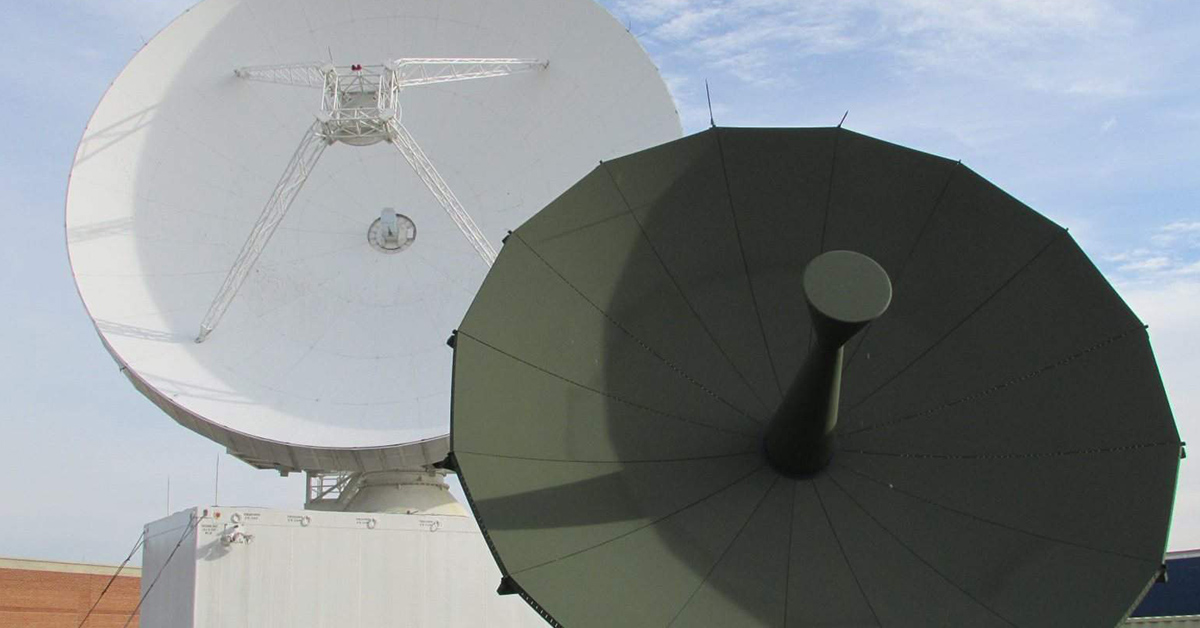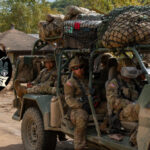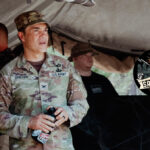
There is nothing we do in the joint force that isn’t enabled by space. Nothing.
A lot of attention is being paid to the space domain, and so A BETTER PEACE welcomes General John W. “Jay” Raymond, Commander of the U.S. Air Force Space Command, to the studio to discuss his perspectives on strategic leadership. General Raymond’s responsibilities include organizing, training, equipping and maintaining mission-ready space forces and capabilities for North American Aerospace Defense Command, U.S. Strategic Command and other commands around the world. The position calls for boldness and innovation to maintain U.S. leadership in a domain that both the military and the private sector depend on. Meanwhile, adversaries to the U.S. are mobilizing their capabilities to deny U.S. access to the space domain, and the potentially devastating effects of an even minor attack would be felt worldwide. So how does a leader cope with such high-visibility, high-risk responsibilities? A BETTER PEACE Editor-in-Chief Jacqueline E. Whitt moderates.
Podcast: Download
Subscribe: Apple Podcasts | Spotify | Amazon Music | Android | Pandora | iHeartRadio | Blubrry | Podchaser | Podcast Index | TuneIn | Deezer | Youtube Music | RSS | Subscribe to A Better Peace: The War Room Podcast
Jay Raymond is a general in the U.S. Air Force and serves as Commander of the U.S. Air Force Space Command. Jacqueline E. Whitt is Professor of Strategy at the U.S. Army War College and the Editor-in-Chief of A BETTER PEACE. The views expressed in this presentation are those of the speakers and do not necessarily reflect those of the U.S. Army War College, U.S. Army, or Department of Defense.
Photo: Two terminal dishes assist Army space Soldiers of Alpha Company, 53rd Signal Battalion (SATCON) at the Wideband Satellite Communications Operations Center, Fort Detrick, MD.
Photo Credit: U.S. Army photo
Other releases in the “Leader’s Perspectives” series:
- A CONVERSATION WITH THE HONORABLE MELISSA DALTON OF DEFENSE POLICY
- CAMPAIGNING IN THE PACIFIC: A CONVERSATION WITH GEN FLYNN
- A TRANSATLANTIC PERSPECTIVE ON NATO (LEADER PERSPECTIVES)
- OBSERVATIONS FROM NATO’S NORTHERN FRONT
(LEADER PERSPECTIVES) - ALLIES ARE MORE THAN FRIENDS (LEADER PERSPECTIVES)
- THE CHALLENGES OF KEEPING SPACE SECURE (LEADER PERSPECTIVES)
- TENSIONS AND PARADOXES FACING SENIOR LEADERS (LEADER PERSPECTIVES)
- LEADING AND WINNING IN GREAT POWER COMPETITION (LEADER PERSPECTIVES)
- LEARNING ABOUT LEADERSHIP THROUGH THE CLASSICS (LEADER PERSPECTIVES)
- WHAT IT TAKES FOR COLONELS TO BE SUCCESSFUL (LEADER PERSPECTIVES)





I posit that Strategic leadership is so hard to find because it is drummed out of people in all military and related civilian development and career progression models. You aren’t allowed to think at the higher levels much less engage at them unless and until the tactical and operational and frozen middle management allow you. The serialized career ladder ensures that only those who are really good at the tactical get to supervise or lead others. This model robs us of excellent tactical talent and delivers talent that may be challenged at operational or strategic thinking. Same for innovation and creativity. The traditional development model has to make room for identifying and fostering innovation and strategic thinking much earlier